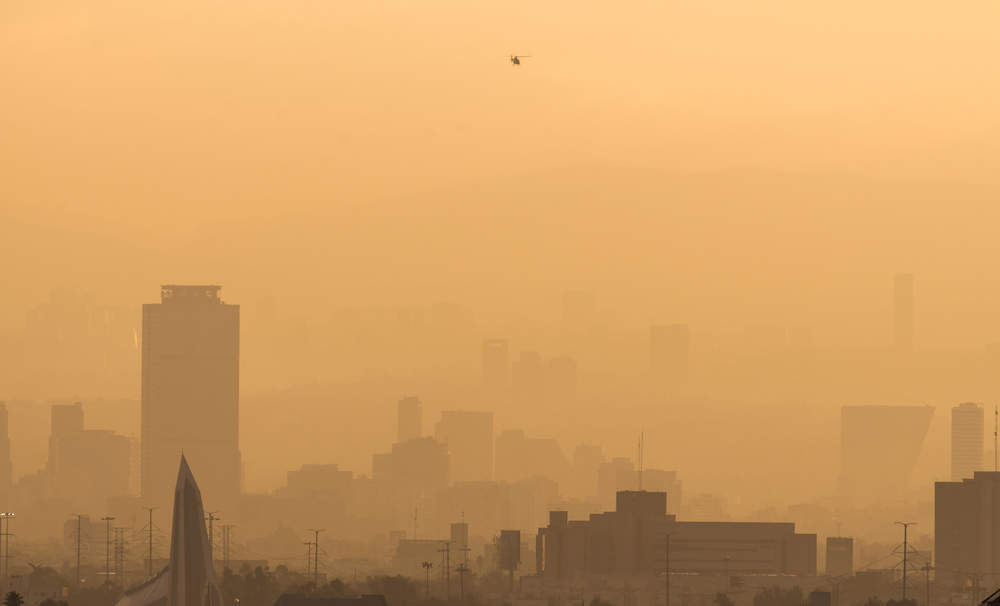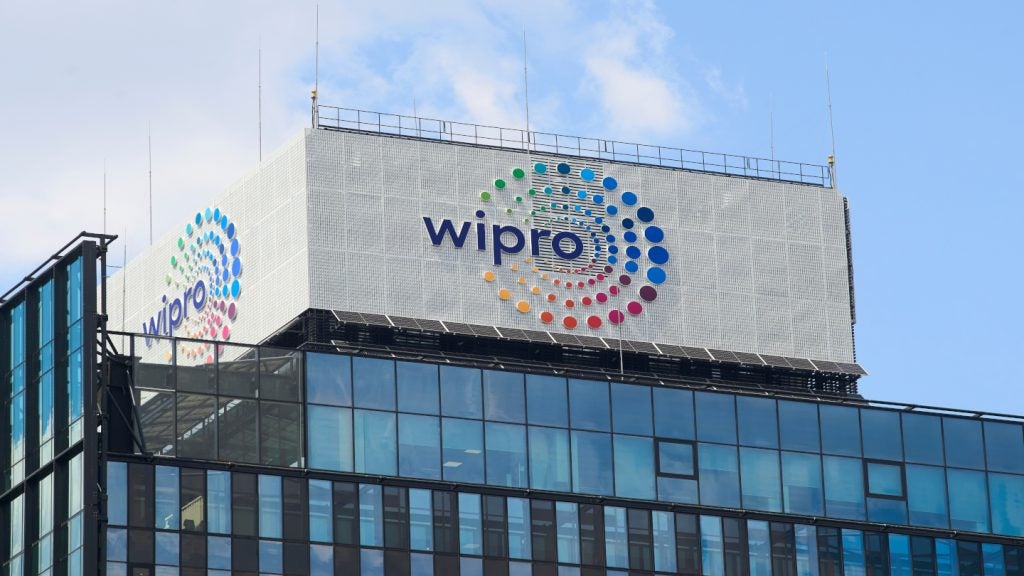Unprecedented air pollution is being seen in population hot spots across the globe.
Nasa has again announced that the Earth’s surface temperature has hit record highs and the chief executive of the world’s largest economy is dismantling numerous environmental protection acts.
Beyond the ecological impacts of this situation, as urbanisation continues, are metropolises doing enough to protect their citizens?
The growing hordes of people migrating to cities in search of a better life are intensifying this pollution crisis, and in an unexpected twist it is the developing economies that are making the most impressive commitments to improve matters.
Pollution is primarily an urban concern: the UN reports that, despite covering only two percent of the earth’s landmass, cities are responsible for over 60 percent of “all carbon dioxide and significant amounts of other greenhouse gas emissions”.
According to the European commission, legal air pollution limits are now being surpassed in 130 of the EU’s cities, with final warnings being issued to three countries, the UK included, earlier this month.
How well do you really know your competitors?
Access the most comprehensive Company Profiles on the market, powered by GlobalData. Save hours of research. Gain competitive edge.

Thank you!
Your download email will arrive shortly
Not ready to buy yet? Download a free sample
We are confident about the unique quality of our Company Profiles. However, we want you to make the most beneficial decision for your business, so we offer a free sample that you can download by submitting the below form
By GlobalDataBut perhaps this is too little too late; it has recently been reported that air pollution drives the death of around 9,000 Londoners each year.
The factors driving air pollution levels are of course magnified by rapidly growing urban populations.
Cities offer the glittering promise of economic, and perhaps social, wellbeing, particularly in countries where traditional income sources are all but disappearing. A move to the Big Smoke presents a land of opportunity and security and urbanisation shows no signs of slowing; 60 percent of the world’s population is expected to be living in cities by 2025 according to the UN.
As more and more people move to urban areas with the hopes of a better life, metropolitan migrants are faced with a reality quite literally tarnished by blinding smog and endless health warnings.
It should be expected that mature economies have the greatest resource to make positive changes to improve their citizens’ quality of life, although, as suggested by the European Commission warnings above, they don’t seem to be doing enough.
The way industry, infrastructure and even society operates in mature markets is deeply entrenched, and improvements are hampered by the extreme and relentless demand that the sheer size of these cities places on them each day.
While this is enough to cause even the most optimistic reader dismay, promising steps are being taken in many younger and smaller economies, which are additionally more likely to see mass urban migration.
GlobalData Cities reports that economically small cities — with nominal GDP less than $5bn and above or equal to $1bn in 2016 — will see a population influx of over 16.8m people from 2016 to 2025, 1.6 times that of economic megacities — defined as having nominal GDP above or equal to $600bn in 2016.
Improvements are being made across all levels of metropolis; be it China’s capital Beijing’s renewed commitments to reduce air pollution levels this year or the Indian state of Uttar Pradesh planting 50.4m trees to help improve air quality, at the same time breaking a world record.
Or indeed, the smaller city of Rajshahi (Bangladesh) reporting a spectacular decline in air pollution, again earning a world record in 2016, following upgrades to much-used kilns and road surfacing. Such news should provide comfort and inspiration.
Much like a nascent brand, these cities are able to be more reactive and position themselves as the new leaders, surpassing and shaming the world leaders of the past.
If the urban hot spots of tomorrow are able to champion this greener approach and found their economies and infrastructure on a focus of sustainability and citizen safety, then maybe there is hope for a healthy metropolitan future after all.







